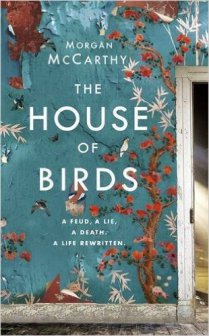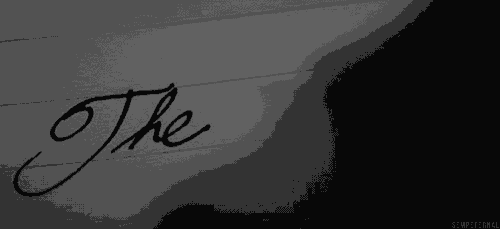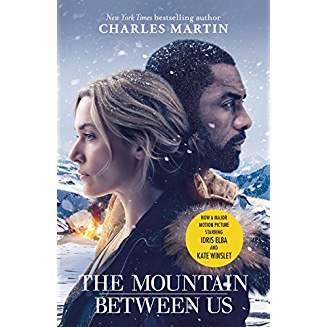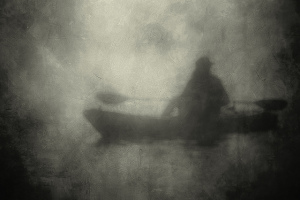
A couple of reviews recently have had me agonising over my star ratings and as this is one of the culprits I thought I’d lay out, for the first time, I believe, the thinking behind those five stars.
A five star novel is one that will stay with me for a very long time. It’s a book I would not want to part with which has made a significant impression. Usually, I would say I read just a very small number of these each year. Examples of five star books recently reviewed here are: “Everyone Brave Is Forgiven” by Chris Cleve, “The Golden Age” by Joan London and “Owl Song At Dawn” by Emma Claire Sweeney. I’m not usually alone with my praise in these books. Just these three titles here have gained awards and plaudits. It’s not just me who rate them so highly.
A four star novel is one which I really enjoyed and which I would very much like to remain on my bookshelves. It is one I can certainly see myself enjoying as much on a re-read. It might not be an all-time classic but it certainly gave me considerable pleasure. Examples of four star books reviewed here recently are “Queer City” by Peter Ackroyd, “The Mayfly” by James Hazel and “Crimson & Bone” by Marina Fiorato.
A lot of what I read I would consider three star. This is the “default” rating when I start to read a book. This is the largest category in terms of breadth. It’s a good book that I enjoyed but probably wouldn’t need to keep to read again. These are the books I tend to pass on, often recommending them to their new owner. As I don’t give half star marks (too confusing) this is quite a big category, from books which I didn’t quite feel got into top gear, to perfectly satisfactory genre-type fiction, to books which are really quite good but didn’t blow me away. Examples of three star books reviewed here recently are “Don’t Wake Up” by Liz Lawler, “Next” by Michael Crichton and “The Silkworm” by Robert Galbraith.
Two star books have disappointed me in some way or I’m a long way from the intended audience and it hasn’t really worked for me. I won’t give up on the author but on this occasion there have been issues. Examples of two star books reviewed here (and they are thinner on the ground are “There Once Lived A Lady Who Tried To Kill Her Neighbour’s Baby” by Ludmilla Petrusheskaya, “The Evenings” by Gerard Reve (and I admit these two might both be translation issues) and “Being Elizabeth Bennet” by Emma Campbell Webster.
One star books don’t usually get to the review stage and it’s unlikely that I will read anything else by the author. I’m better at weeding books out now so I don’t get to read too many of these. The book is just not for me………
Just occasionally I feel these divisions let me down and some books do not fit neatly into the ratings and I end up feeling stingy. This is one of those occasions.
Morgan McCarthy’s fourth novel (the first I’ve read by her) starts off a little slowly but then starts to weave its magic and at times I believed I was reading a book with four or five star potential but on completion it just didn’t end up doing anything which either surprised or thrilled me so much that I would want to keep it to re-read it, so given that and my above criteria, it ends up as a three star novel but if asked did I enjoy it and would I recommend it the answer would be a definite yes to both.
I thought I was being brave choosing to read a book with this title. A simmering ornithophobia (particularly indoors) would leave me going into a cold sweat over a “house of birds”. If just one comes into the house I’m off like a rocket (especially in a cat’s mouth), but no worries, this refers to a bird-embossed wallpaper which I can certainly cope with. Kate inherits a house under contested circumstances and boyfriend Oliver, who has quit his high-pressured London job, moves back to the Oxford of his childhood to project manage renovations. He finds sections of a diary which relates to the house’s past in a dual narrative which moves from the 1920’s to the present day. The most effective relationship in the novel is that between Oliver and the long-dead Sophia who causes the young man to question his life and its lack of direction. His involvement in the legal aspects tying up the house threatens his current relationship.
Morgan McCarthy does absolutely nothing wrong in terms of plot or characterisation. I just felt it was all a little tightly controlled and careful to really get me frothing at the mouth. As in the majority of these dual-narrative different time-zone novels I found myself responding more to the older strand but I did find Oliver a vibrant, worthwhile character who did come alive and whose male perspective to Sophia’s 1920’s quandaries was refreshing. Some of the other characters did not feel as real.
In many ways this is a treasure trail which leads towards the truth and is involving for most of its duration and effectively handled. I will certainly be seeking out this author’s earlier novels.

The House Of Birds was published by Tinder Press in 2016. Many thanks to Bookbridgr and the publishers for the review copy.
Advertisements Share this:




